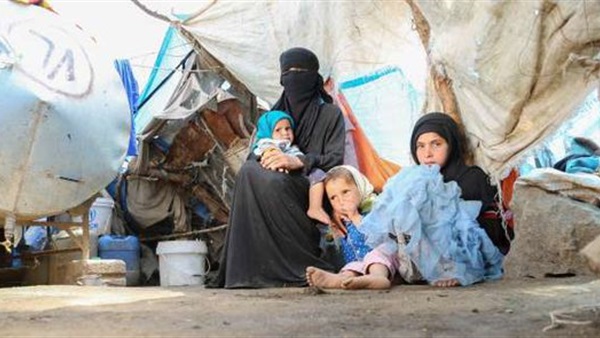Houthi crimes: Yemen has become a minefield (Part 1)

The Iranian-backed Houthi militia has tampered with the
security and stability of Yemen since it decided to overthrow the legitimate
government in 2014. Over the years since, thousands of innocent victims have
fallen because of their crimes, which include direct killings or bombing
civilian buildings and facilities through the planting of mines and improvised
explosive devices (IEDs). Mines and IEDs have killed more than 8,000 civilians,
including children, women and the elderly, according to a report issued by the
Yemeni Executive Mine Action Center (YEMAC).
The Houthis’ mines and IEDs have caused a major humanitarian
crisis in the country, especially as they were planted in the path of everyone,
not just their opponents, affecting the lives of innocent people who are not
concerned with the war or the struggle for power.
Mines continue to pose a great threat to the population in
Yemen and have prevented many civilians from living a normal life or working.
Even children are frequently prevented from leaving their homes so that they do
not fall prey to the mines.
Landmines are one of the most prominent Houthi weapons that
target innocent people in the mountains, valleys, plains and residential
neighborhoods. The terrorist militia does not withdraw from an area until it
has planted hundreds of mines, which threatens to kill and maim thousands of
Yemenis now and in the future.
In a report issued by YEMAC late last year, it was stated that
the militias have turned Yemen into the largest minefield in the world, while
official Yemeni reports confirm that the city of Taiz is one of the largest
Yemeni cities affected by Houthi mines. The terrorist militia has planted
nearly 2 million landmines in 15 Yemeni governorates.
In the first three months of 2021, more than 50 people have
been killed or wounded by Houthi mines, including women and children, according
to YEMAC.
According to several international reports, Yemen is one of
the first countries to be described as a country contaminated with mines.
Official estimates indicate that more than a million mines were planted by the
Houthis on public roads, farms and civilian areas. The use of mines in Yemen
has also exclusively been a method of the militia.
While death has had its share of the victims, the Houthi
mines have also created a large generation of people with disabilities, such as
innocent children who have lost body parts, women whose bodies have been
mutilated, and men who no longer feel safe. In addition, these mines have
forced residents to flee from these horrors, which has led to a massive
increase in the displacement crisis.





